Source: Wikimedia Commons
Barcelona is a city known for its rich cultural heritage, stunning views, amazing food, and lively streets that house countless memorable activities. It's truly an irresistible destination for many tourists, and one that even the locals are captivated by and enamored with.
And who can blame them? Barcelona is one of the most beautiful cities in the world. After all, it's home to nine UNESCO World Heritage Sites, each one chosen for its awe-inspiring display of architectural brilliance. You can bask in the glory of Antoni Gaudí's masterpieces, like Park Güell and the Sagrada Familia, or wander through the Gothic Quarter's winding streets and admire its stunning medieval architecture.
And, it's in the Gothic Quarter that you'll find one of the city's most unique attractions: the Erotic Museum of Barcelona.
Founded in 1997, the Erotic Museum of Barcelona is the first and only museum in Spain made specifically to honor, record, display, and celebrate human sexuality. It's also one of the only erotic museums in Europe and, indeed, the world.
The Erotic Museum of Barcelona is a must-visit destination for anyone interested in the history of human eroticism and sexuality. It houses a wealth of erotic art and artifacts from cultures all around the world. There's everything from erotic paintings taken from a brothel in Pompeii to ancient art depicting Japanese Geishas and artifacts actually worn by them.
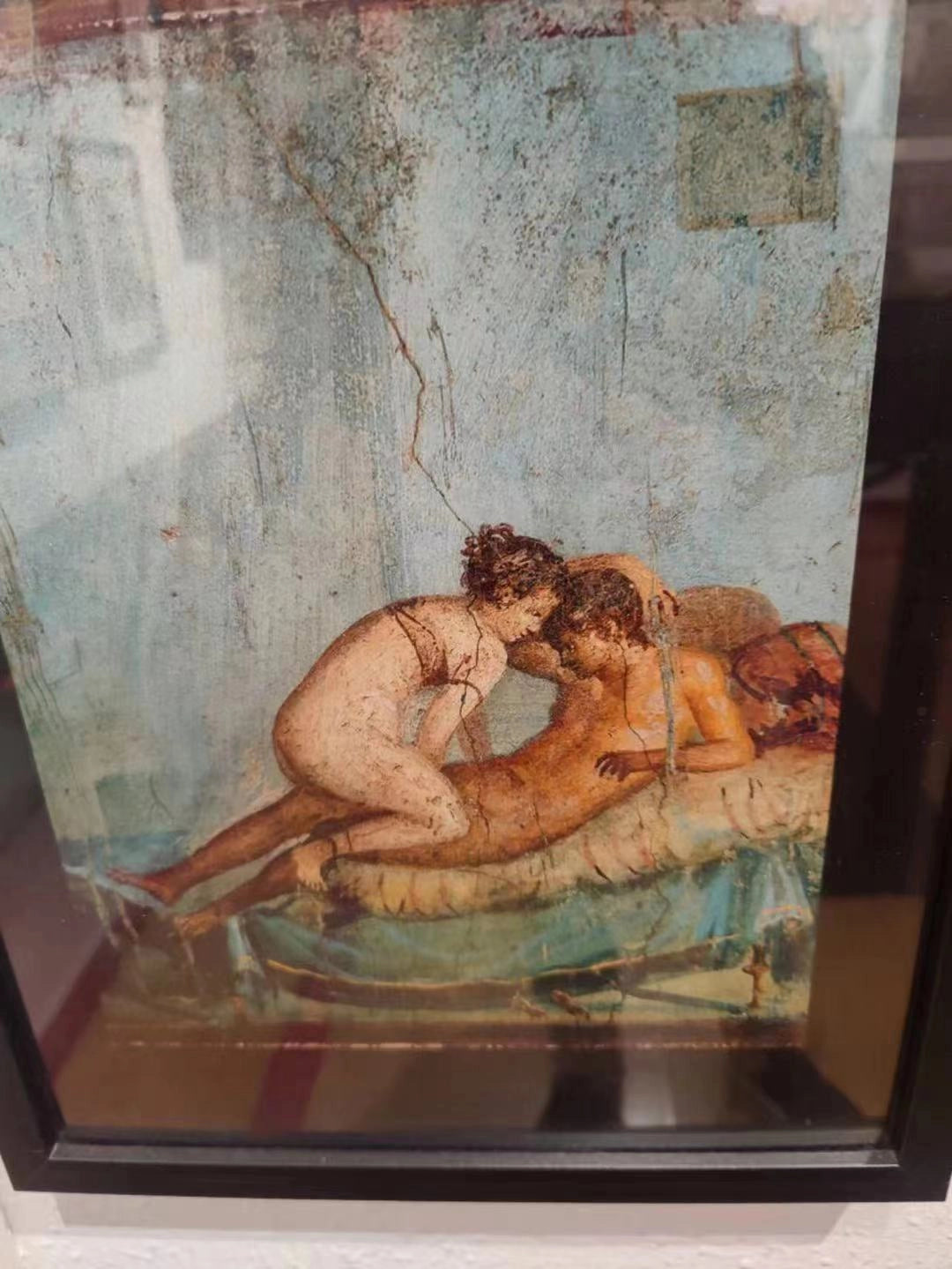
One of the most fascinating exhibits in the museum is the ancient Egyptian collection. Ancient Egypt is known for its elaborate mythology, advanced civilization, and impressive architectural achievements. However, few people know about the country's rich erotic history. The ancient Egyptians believed that sexuality was a natural and important part of life, and they celebrated it in art, literature, and religious practices.
Sexual expression was an integral part of ancient Egyptian society. Erotic art and literature were common, and there are many examples of phallic symbols and fertility goddesses in ancient Egyptian art. Sex was also an important part of religious ceremonies and rituals, with many gods and goddesses associated with fertility and sexuality.
For example, allow us to introduce you to Min, the Egyptian God of Fertility.
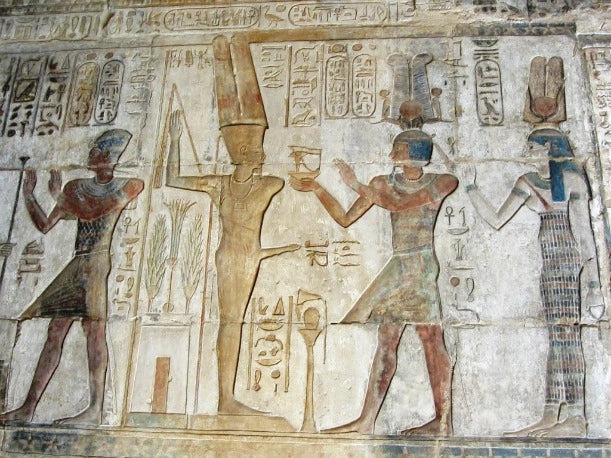
Min is pretty much always depicted naked and holding his erect penis. This image and its description might seem inappropriate to your modern sensibilities, but for ancient Egyptians, this image is something to be venerated, celebrated, and displayed in the holiest of places. It makes perfect sense as the image of a male God of Fertility, and shows ancient Egypt's celebration of sexuality as something natural, good, and holy. Below is an image of Min in the Erotic Museum in Barcelona.
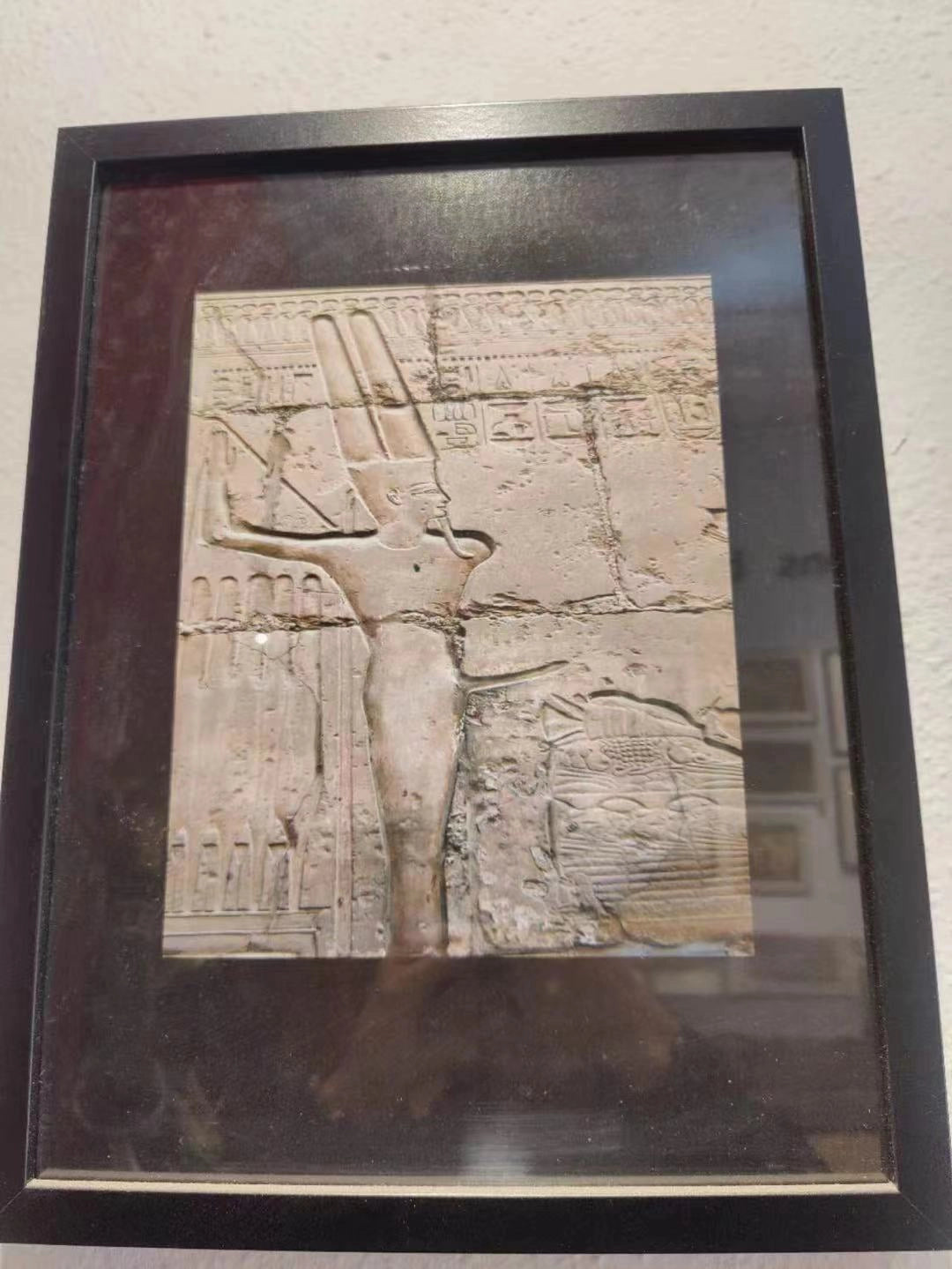
Other pieces from ancient Egypt displayed in the Erotic Museum of Barcelona include these amazing images from the Turin Papyrus, made around 1,150 B.C. This important historical document that is commonly known as the first Kama Sutra. It holds 12 sexual images that include anal sex and sexual acrobatics. The Papyrus's purpose was to educate, celebrate, and document the importance of sexuality.
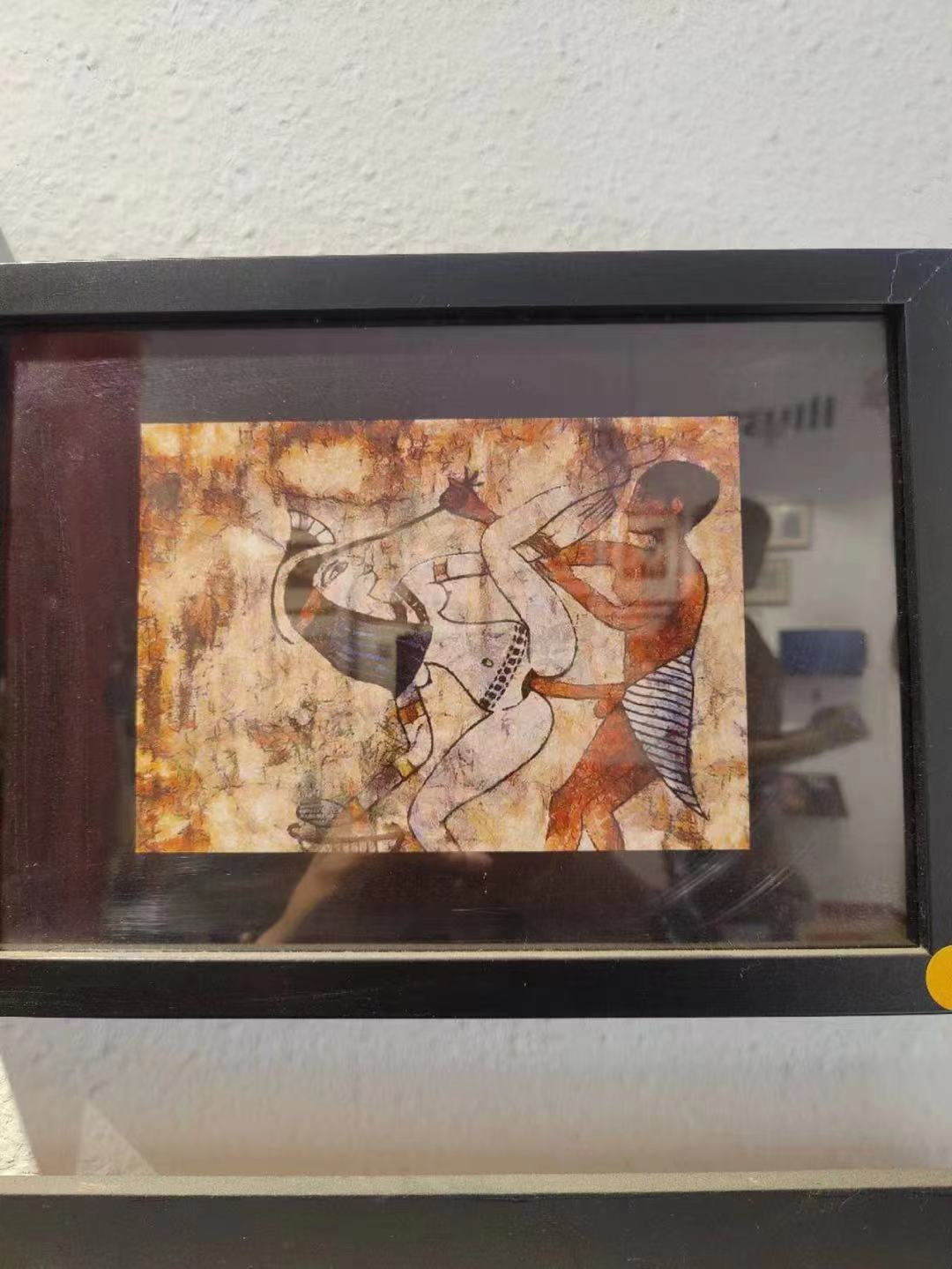
The Museum's display reads:
"Through the Papyrus and other archeological remains, we are able to know that Egyptian society was a culture where flew at all levels, starting from its cosmogony to its pharaohs, such as Ramses II, whose sexual voracity took him to have over twenty queens, several concubines, and hundreds of children! In this warm and sensual land, the citizen enjoyed the freedom of premarital sex and prostitution was widely accepted. There were even sacred prostitutes, beautiful women from highly regarded families, who exercised their profession and participated in the fertilizing rituals of the Nile."
There's something beautiful about a culture that embraced its sexuality so openly, fearlessly, and warmly that sex wasn't something to be hidden away or considered dirty or inappropriate. Because of these beliefs, anyone participating in sexual acts in ancient Egypt, and even those who made it their profession, were not shunned or shamed in any way.
Another intriguing aspect of ancient Egyptian sexuality is the practice of masturbation. Masturbation was considered a healthy and natural activity, and there are many examples of erotic art depicting both men and women masturbating. You may have noticed that Min, who you met earlier in this blog post, was always depicted as having a hand around his fully erect penis.
In most modern societies, masturbation is considered a shameful act that is scarcely talked about among even the closest of friends, outside of degrading jokes. Because of this secrecy and shame, many young people who have just discovered masturbation think they have done something wrong or that there's something wrong with them, leading to anxiety, misinformation, and even repression or other harmful beliefs or actions.
Another interesting fact about ancient Egyptian sexuality is their use of sex toys. Ancient Egyptians used a variety of objects for sexual pleasure, including dildos and other phallic objects. These objects were often made of stone or other natural materials and were decorated with intricate designs and symbols.
There's an urban legend that historians have been debating for years, published by historian Brenda Love in 1992, that Cleopatra herself invented the very first vibrator. According to her, Cleopatra would fill a gourd with angry bees and pleasure herself with it. The bee's frenetic motions would cause the gourd to move, shake, and vibrate. If true, Cleopatra was not only the inventor of one of the world's most popular and effective sex toys, but also brave enough to use live bees during an act of self pleasure.
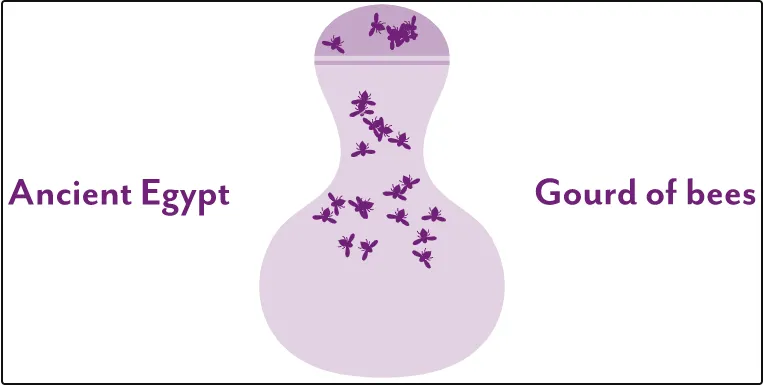
Photo by Jen Bell
Now let's take a trip elsewhere in the ancient world to discover how people in ancient China expressed and celebrated their sexuality.
In the Qing Dynasty (1664-1911) an intriguing and delightful celebration of education of sexuality existed in fine Chinese porcelain. Young brides were often given sets of fine porcelain as gifts from their mothers. The idea was to educate a young bride about sex and empower her to embrace her sexuality. Some of these pieces of porcelain were figures, like the ones seen below, that showed sexual positions. The celebration of sexuality and the empowering of the young bride can be seen as one pair of figures shows a sexual position with a man on top, while another displays a couple having sex with a woman on top.
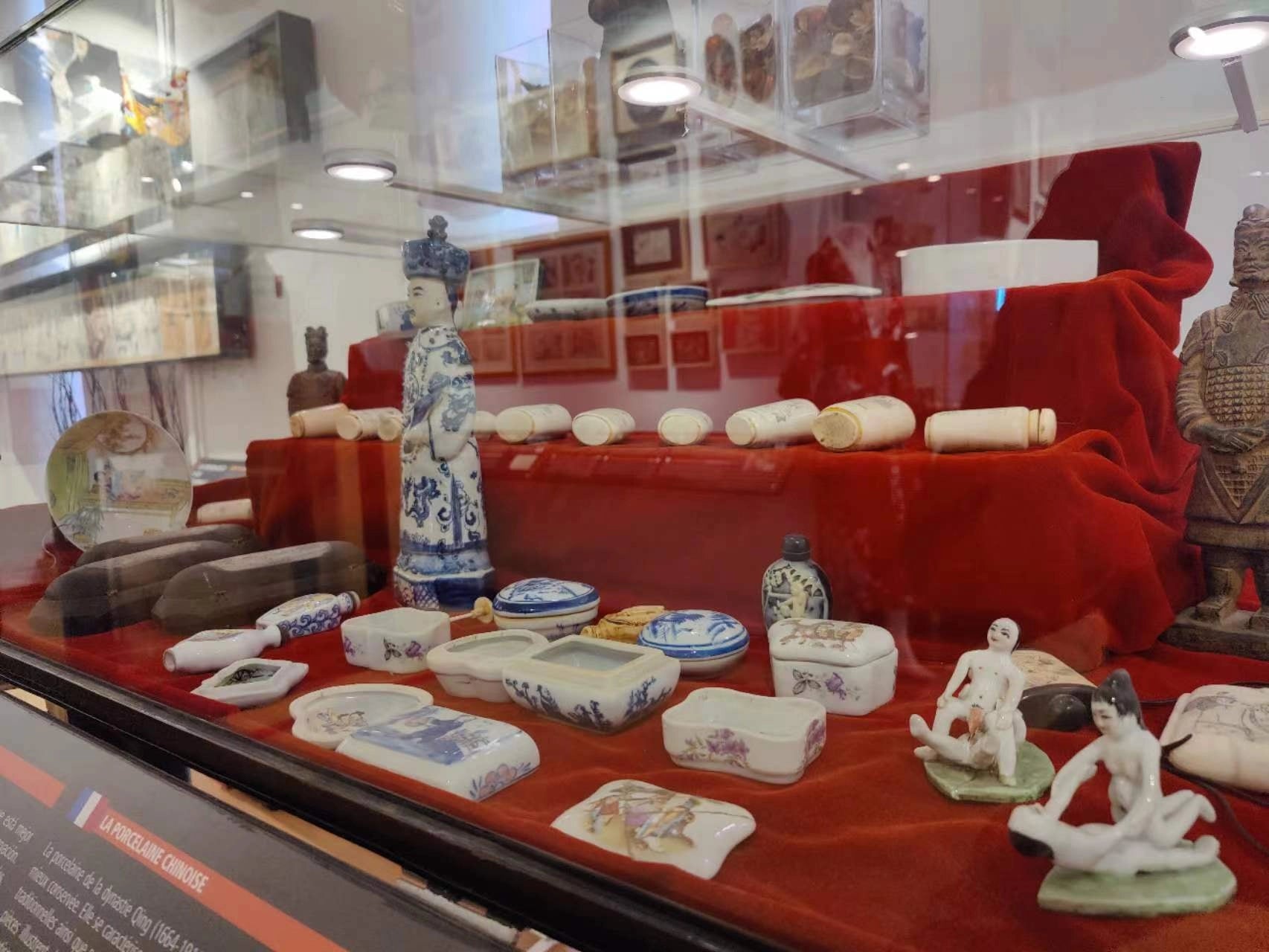
The other porcelain pieces in this exhibition are ink boxes and trays with exquisite erotic renderings. These works are intricate, delicate, and painstakingly rendered. They're works of art made with love and dedication. These pieces are meant to be cherished and to endure throughout a young bride's marriage and life. They weren't rendered on paper or wood, but rather on fine porcelain. Today, a bride's friends may give her a book on sexuality, but even books given as a gift often go unread and are easily lost in a move. But fine porcelain makes an important statement, one that has endured since the Qing dynasty to today.
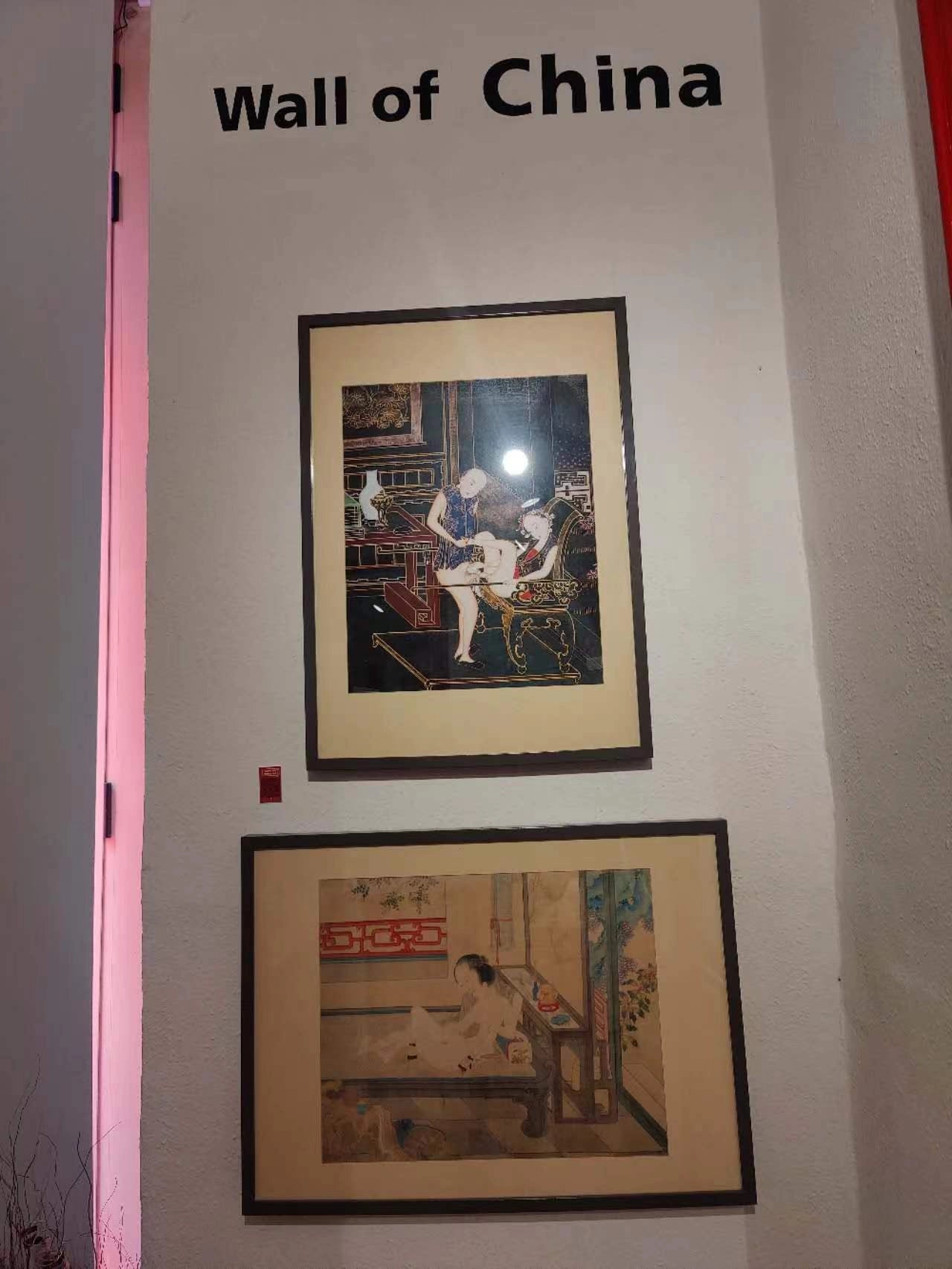
The Erotic Museum of Barcelona houses many artifacts from ancient China, honoring and preserving their important contributions to the history of human sexuality.
The Romans were, without a doubt, an ancient civilization comfortable with expressing their sexuality. Depictions and celebrations of eroticism and sex are very common in Roman artifacts of all kinds, ranging from official coins depicting erotic acts to ancient graffiti, it's safe to say that sex was a very common subject of discussion, inspiration, and celebration in the Roman Empire.
Each of these coins is a spintria (plural spintriae). A spintria is a small coin made of bronze or brass that depicts a Roman numeral (I - XVI) on one side and a sexual act or symbol on the other.
Sprintiae are commonly believed to have been used in brothels because of their low monetary value (meaning you could spend a lot of them in one place) and, obviously, because of the erotic images they held. Some other historians believe that the tokens were used in suburban baths as well.
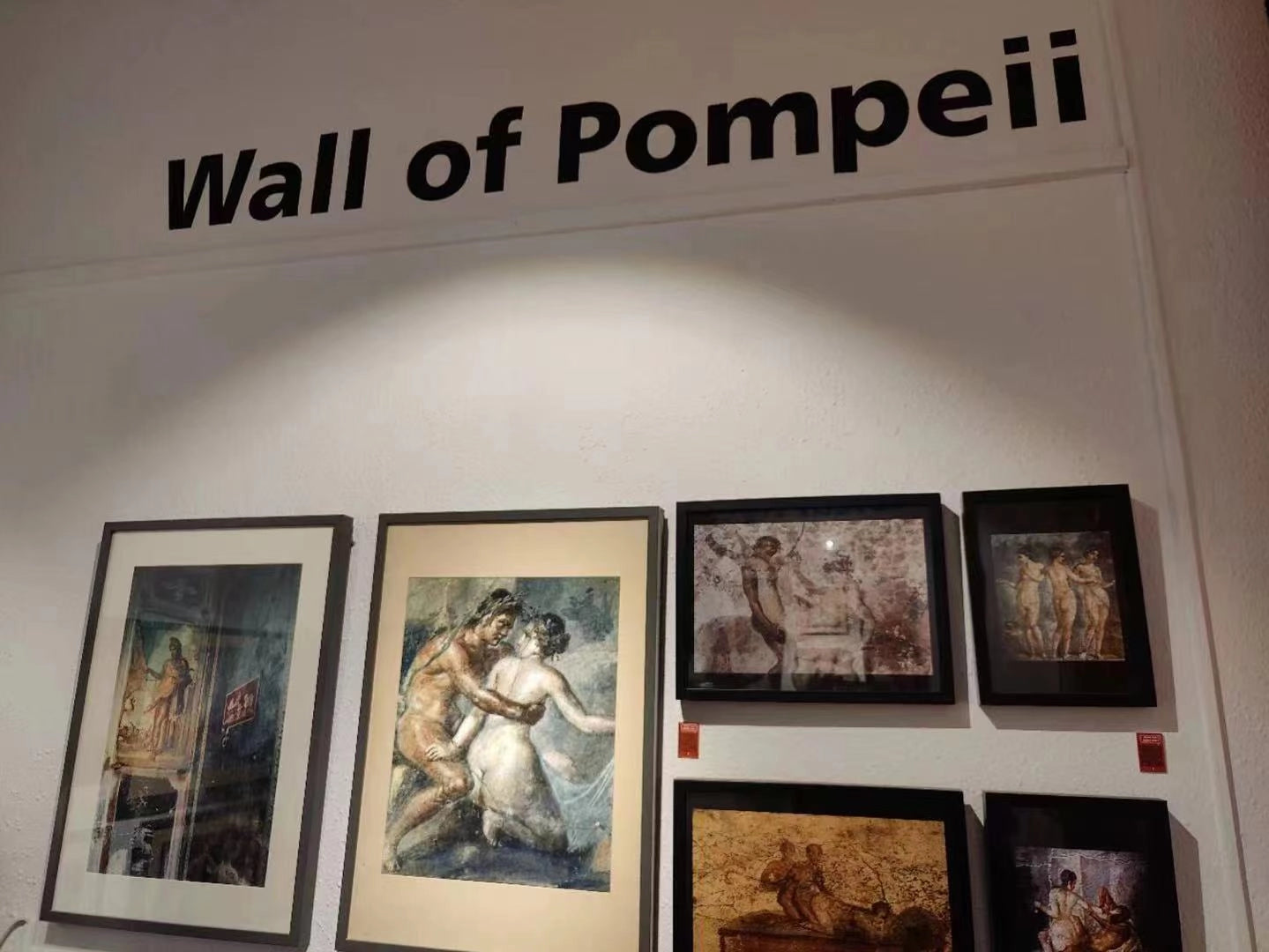
One fascinating exhibit in the Erotic Museum of Barcelona is the Wall of Pompeii. Pompeii was an ancient Roman city that's now famous because of its destruction during the tragic eruption of Mount Vesuvius in 79 A.D. However, something that few people know is that Pompeii is an extremely important record of human sexuality. A lot of what we know about Roman sexuality is owed to the ashes that preserved artifacts that would otherwise have been temporary, like frescos on the walls of the homes of Pompeii and brittle artifacts like the phalluses that decorated shops and streets. The phalluses were meant to show pedestrians to lupanars (brothels).
Archeologists have excavated more than 25 separate brothels in Pompeii. Brothels were not hidden or illegal, as prostitution was not only legal but seen as something perfectly normal and perfectly acceptable. Brothels had a prominent role in Roman popular culture and were a common place of entertainment.
The Erotic Museum of Barcelona gives its visitors a fascinating journey through the history of human sexuality, and the ancient Egyptian, Chinese, and Roman collections are just a few of the interesting exhibits housed within it. The museum itself is a reminder that human sexuality has been celebrated and explored throughout history and across cultures, and that our modern attitudes towards sex are just a small part of a much larger story. If you're ever in Barcelona, be sure to visit the Erotic Museum and discover the many surprises it has to offer!
Frequently Asked Questions
❓1. What is the Erotic Museum of Barcelona?
✅ Answer:
The Erotic Museum of Barcelona is a one-of-a-kind cultural space dedicated to the history and celebration of human sexuality. Located in the heart of the city, it showcases erotic art, rare artifacts, vintage films, and global traditions surrounding sex and desire.
❓2. What can visitors expect to see at the Erotic Museum?
✅ Answer:
Visitors can explore over 800 erotic pieces including sculptures, paintings, historical sex toys, sensual photography, and multimedia exhibits. From ancient fertility symbols to 20th-century pin-up culture, the museum creates a journey through the artistic and emotional dimensions of sex.
❓3. How is Honey Play Box involved in the museum experience?
✅ Answer:
Honey Play Box partners with the Erotic Museum to highlight the intersection of sexual wellness, self-discovery, and erotic artistry. Through curated exhibits and interactive displays, the brand brings a fresh, inclusive perspective on pleasure, modern sex tech, and the empowerment of marginalized identities in the realm of intimacy.
❓4. Is the Erotic Museum of Barcelona suitable for first-time visitors or couples?
✅ Answer:
Absolutely. The museum is designed to be welcoming, educational, and non-judgmental, whether you're solo, with a partner, or simply curious. With informative displays and a tasteful presentation, it creates a comfortable space to learn, laugh, and reflect on the beauty of erotic expression. Many couples find it a unique and fun way to explore their curiosity together.




 Couples Toys
Couples Toys Anal Toys
Anal Toys Kegel Balls
Kegel Balls Clit Stimulators
Clit Stimulators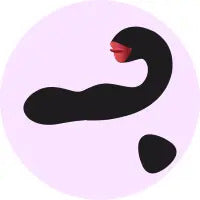 G-Spot Vibrators
G-Spot Vibrators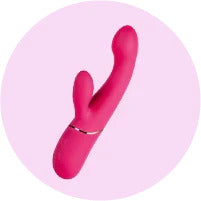 Rabbit Vibrators
Rabbit Vibrators Wearable Vibrators
Wearable Vibrators Butt Plugs
Butt Plugs Cock Rings
Cock Rings Glans Trainers
Glans Trainers pareja más nueva
pareja más nueva Paquetes
Paquetes Lubes
Lubes Toy Cleaners
Toy Cleaners Candles
Candles Apps
Apps